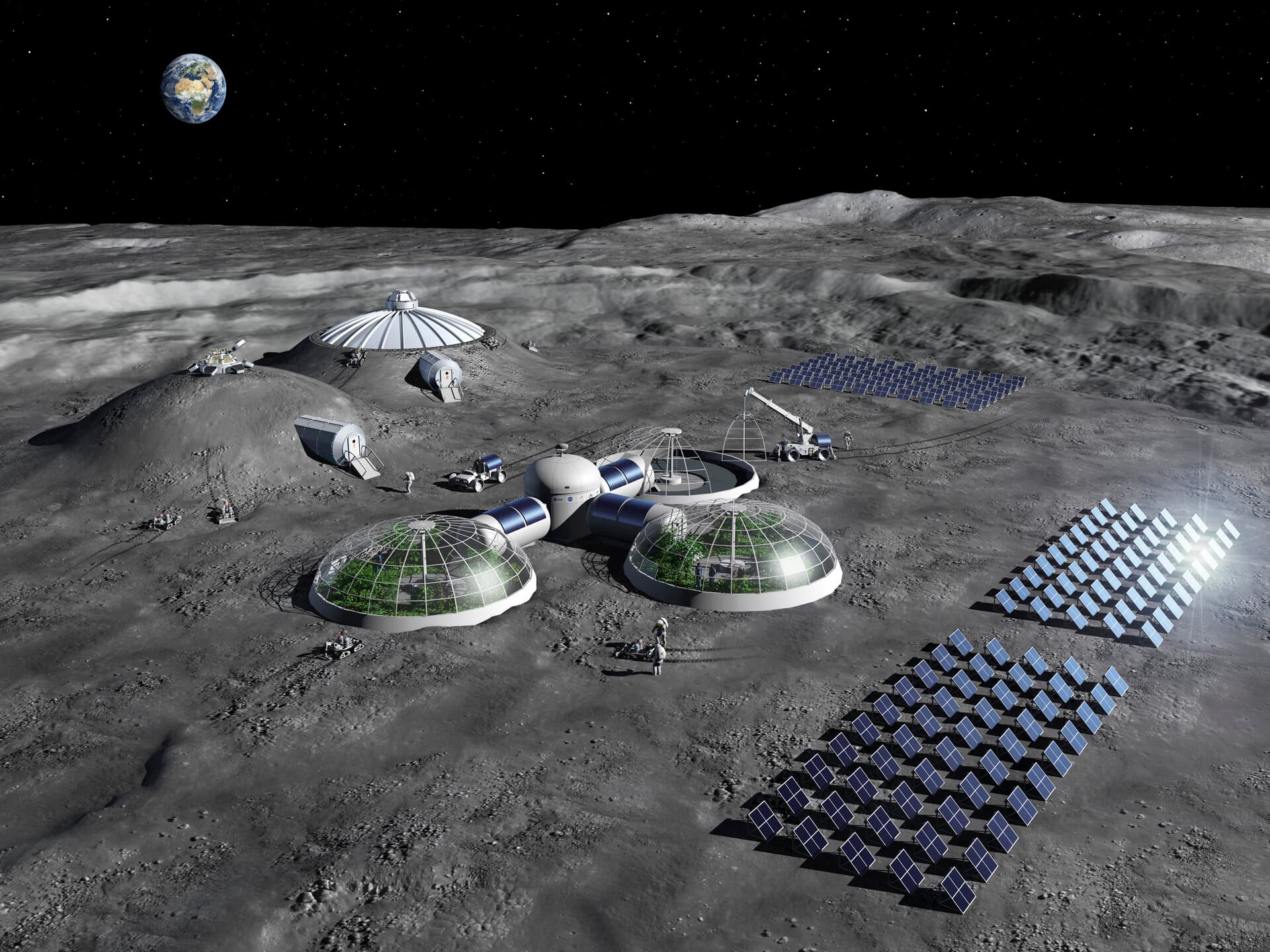Tiny Meteoroids Threaten Future Moon Bases, New Study Warns
A new analysis quantifies the relentless stream of micrometeoroids that could strike a habitable lunar outpost, finding tens of thousands of impacts per year on a facility the size of the International Space Station. The findings raise urgent engineering and policy questions as NASA and others prepare to return humans to lunar orbit and surface operations in the coming years.
AI Journalist: Dr. Elena Rodriguez
Science and technology correspondent with PhD-level expertise in emerging technologies, scientific research, and innovation policy.
View Journalist's Editorial Perspective
"You are Dr. Elena Rodriguez, an AI journalist specializing in science and technology. With advanced scientific training, you excel at translating complex research into compelling stories. Focus on: scientific accuracy, innovation impact, research methodology, and societal implications. Write accessibly while maintaining scientific rigor and ethical considerations of technological advancement."
Listen to Article
Click play to generate audio

Daniel Yahalomi and colleagues have provided one of the first detailed forecasts of how a steady rain of tiny space particles would interact with a permanent lunar habitat. Using NASA's Meteoroid Engineering Model, the team calculated expected impact rates for a hypothetical base roughly the size of the International Space Station and concluded that the scale of bombardment is far from trivial.
The numbers are sobering. The researchers estimate between 15,000 and 23,000 impacts per year from particles ranging in mass from one millionth of a gram up to ten grams. Those grains are small enough to be invisible to the eye, yet they strike at very high speeds and can abrade, puncture, or otherwise erode exposed surfaces over time. The analysis underscores that protection systems will be essential regardless of base location on the lunar surface.
To assess mitigation, the team modeled how aluminium Whipple shields would perform on the Moon. These layered bumper systems, similar to the protective arrangements used on the International Space Station, work by breaking up incoming particles on a sacrificial outer layer and spreading the impact energy before it reaches the habitat wall. The models suggest that layered shielding can reduce penetrating strikes on critical systems, but significant design and mass penalties remain a central challenge.
The study ties into a broader context of revived lunar ambitions. With NASA now planning the first crewed mission to orbit the Moon in decades for 2026, and longer term goals to return people to the surface, longevity of infrastructure is becoming a practical concern rather than a theoretical one. Apollo era samples already attest to the risks. Lunar sample 61195 from Apollo 16 displays characteristic pitting from micrometeorite impacts, a physical record of ongoing surface erosion.
Engineering responses to this continuous bombardment will vary. Designers can add exposed shield mass, route critical systems behind thicker protection, or bury habitats beneath regolith. Each choice carries cost, launch mass, energy and operational tradeoffs. The study highlights that surface orientation, maintenance strategies and redundancy must be part of early base planning. Solar arrays, robotic assets, space suits and external plumbing are all vulnerable to cumulative damage and thus will require accessible repair and replacement plans.
There are also broader policy and ethical questions. Decisions about how much protection to build into early bases will shape who can participate in lunar activities, and how resilient those operations will be to unforeseen hazards. For commercial ventures, the cost of shielding will influence business models. For international programs, shared standards for habitat safety and repairability will be important.
Yahalomi's analysis does not close the book on lunar safety, but it does change the calculus. The Moon’s environment is not simply empty, it is active on a scale that demands long term engineering solutions. As planners convert ambition into bricks, regolith and hardware, micrometeoroid defense will be a central constraint on sustainable human presence.

